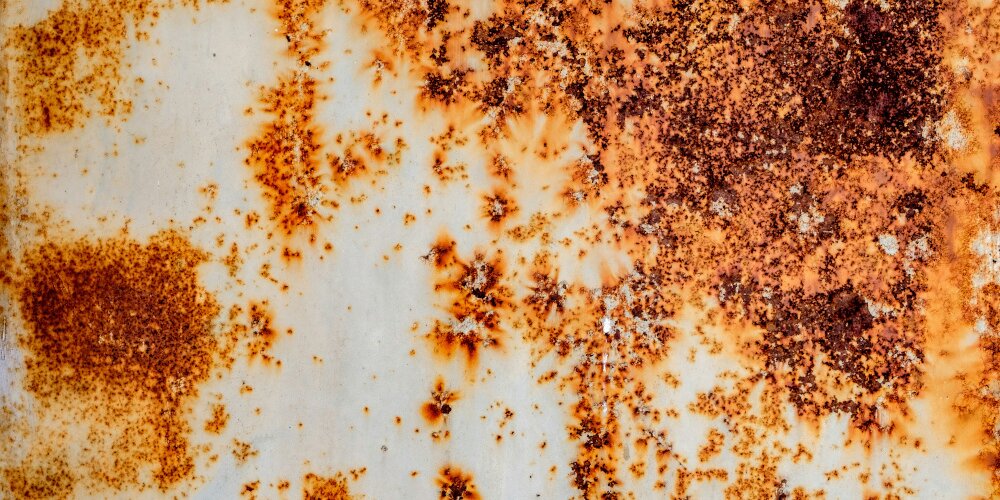Browse our services
Explore how Brookes Bell can help you
Find an expert
Meet our team, find and expert and connect
Contact us
Get in touch, we're here to help

New research conducted by coating manufacturer Steelpaint has revealed that as much as 25% of global steel production is being lost to corrosion, needlessly contributing to increased carbon emissions.
In fact, according to Steelpaint, inadequate corrosion protection is resulting in more global CO2 emissions than the entire aviation industry.
According to Steelpaint’s managing director, ‘With the maritime industries consuming an estimated 100 million tonnes of steel annually, premature corrosion and subsequent steel renewal work is increasing carbon emissions dramatically’.
In a press release, Steelpaint’s MD, Klaus Műller, said:
“Addressing this issue through effective steel protection is an economical and environmental imperative. Every premature steel asset failure triggers a replacement cycle that indirectly undermines the industry’s decarbonisation efforts.
Without effective and reliable corrosion protection, early steel replacement initiates a cascade of carbon-intensive consequences - increased raw material extraction, higher energy consumption during manufacturing process, and transportation and installation - all of which contribute to a carbon footprint that extends far beyond the initial asset failure”.
As many in the maritime industry are aware, steel production is an incredibly energy and CO2 intensive process. For context, consider that to produce a single 10m by 10m 20mm thick steel plate, emits about 3t of CO2.
According to research conducted by Curtin University and Ohio State University, the replacement and renewal of corroded steel accounts for between 4 and 9% of total emissions globally.
Any effort to reduce the impact of corrosion and steel will therefore have a positive impact on greenhouse gas emissions. This is particularly important when one considers the demand environment, where demand for steel is expected to grow by 2.9% by 2030.
Consider also the sheer volume of steel used by the shipbuilding industry alone. The industry is estimated to consume 32.2 million tonnes of steel per year, with the major shipbuilding nations of China, South Korea, and Japan using 88.3% of that total.
Commenting on the situation, Steelpaint’s Chief Technical Supervisor, Dmitry Gromilin, said:
“By extending the lifespan of steel structures with effective corrosion prevention technology we have the potential to reduce emissions further. But the link between steel protection and carbon emissions has so far been overlooked.
Coatings technology is so far advanced that, if properly maintained, maritime structures can last for decades, not only reducing the frequency and costs associated with steel replacement but also leading to a substantial decrease in greenhouse gas emissions. Global CO2 emissions from steel production could be reduced up to 1.6 gigatons annually.
The focus on corrosion protection is not just about extending material lifespan, it’s about reducing emissions at their source”.
Prevent corrosion on your own offshore assets with paint and coatings consultancy support from Brookes Bell.
Our team of experienced paint and coatings experts can help you select the perfect coating solution for your assets, reducing corrosion, downtime and prolonging asset life.
We can also support you with paint and coatings failure analysis, antifouling and biofouling consultancy, and coating failure investigations.
For more maritime industry insights, news and information, read the Brookes Bell News and Knowledge Hub…
The World’s Largest Container Ships | The History of Container Shipping | Reporting of Lost Containers to Be Mandatory From 2026